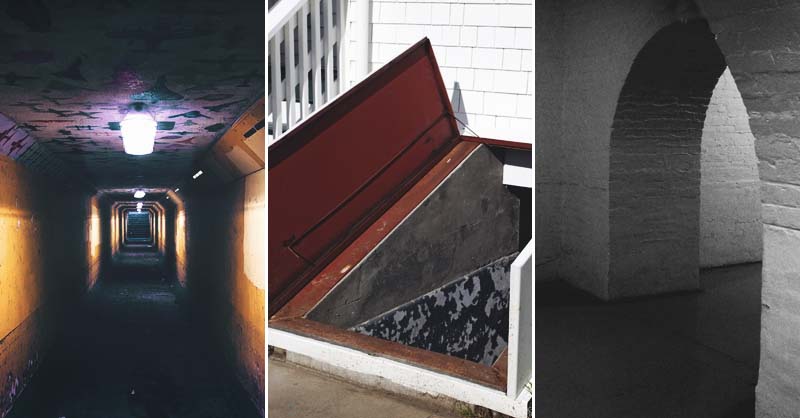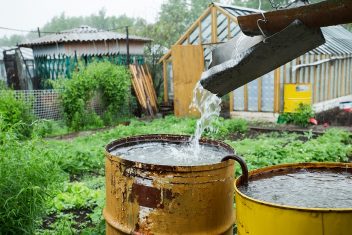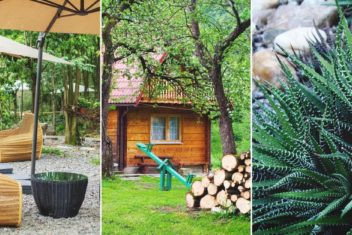Storm shelter, bunker, safe room, bug-out shelter… Call it what you want. The aim is all the same – a safe hiding space for you and your family in case of a storm, tornado, home-invasion, terror attack or other kinds of threats.
We all hope we won’t ever have to actually use it, but it is better to be prepared and have a safe place where you can go to during a challenging situation.
Not only could this give you peace of mind knowing you have this secluded storm shelter, but you can also be practical regarding this extra space.
Use this place to store your emergency water supply, emergency supplies, emergency communications such as a HAM radio, and all the supplies for bugging in at the same time.
If you’re interested in finding ideas or learn how to build your own underground safe space, we’ll share a few terrific ideas to suit you.
Here are some ideas to get you started on your journey of being prepared:
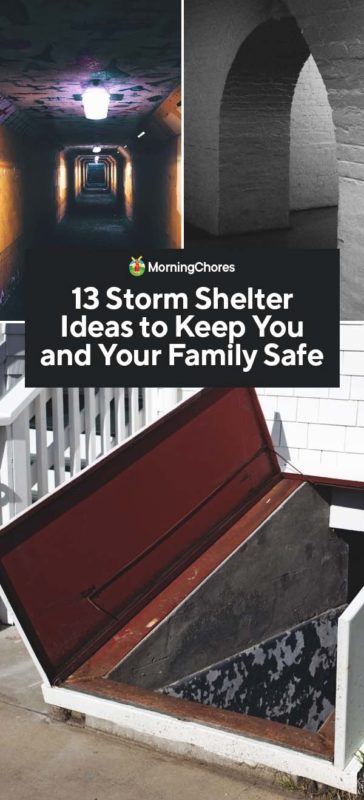
1. Last Minute Shelters

This article is extremely informative if you’re concerned about where you’d go in the event of a nuclear attack.
It walks you through different, quick options whether you live in a home with a basement or one without. Plus, it lets you know how safe you are in your state and where attacks would most likely occur.
2. Trash Can Storm Shelter
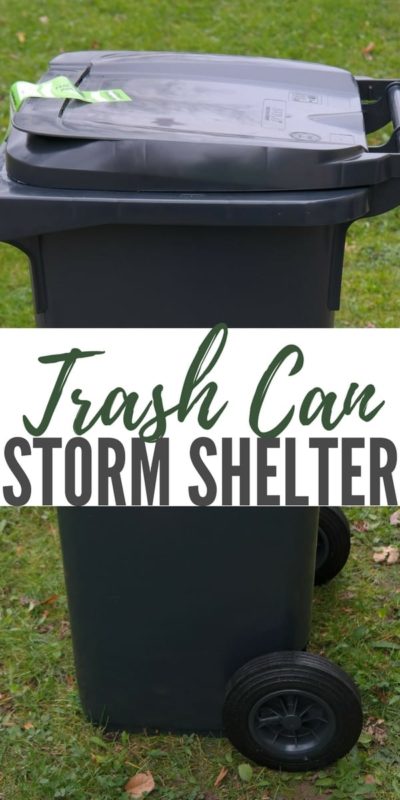
It’s common in many parts of the country to live in a mobile home. They’re affordable, can be set-up quickly, and most are nice homes.
However, in the event of a tornado, you become a sitting duck. This is why this woman created a trash can which is cemented underground and forms an affordable option as a shelter for those who live in a mobile home during tornado season.
3. Hidden Cellar
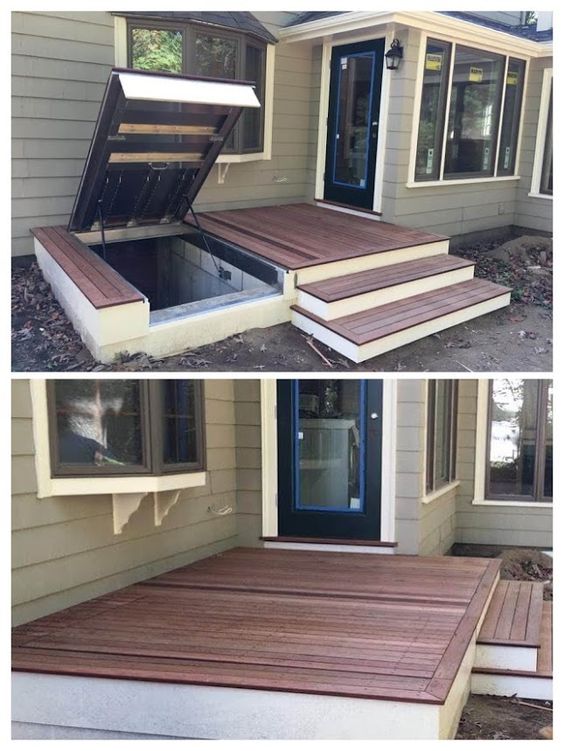
Would you love to have a cellar under your home which could be used in the event of an emergency but also for food storage?
Consider using this idea of putting a cellar under your home and disguising the entrance as part of your patio or deck. It’s unique and would be a functional option for keeping you and your family safe.
4. The Mobile Home Storm Shelter Porch
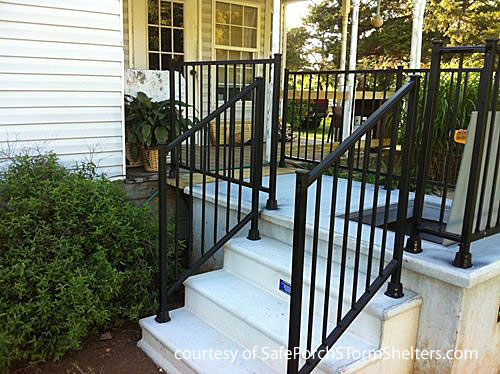
Our second home was a double-wide mobile home. I loved it! It was spacious, gorgeous, and felt like home. The only concern I ever felt was in the event of a tornado, I wasn’t sure our house would be able to withstand the storm.
However, you don’t have to share this concern. They now make a front porch which doubles as a storm shelter. It’s a great way to stay safe while also having a functional porch on your mobile home.
5. DIY Underground Bunker
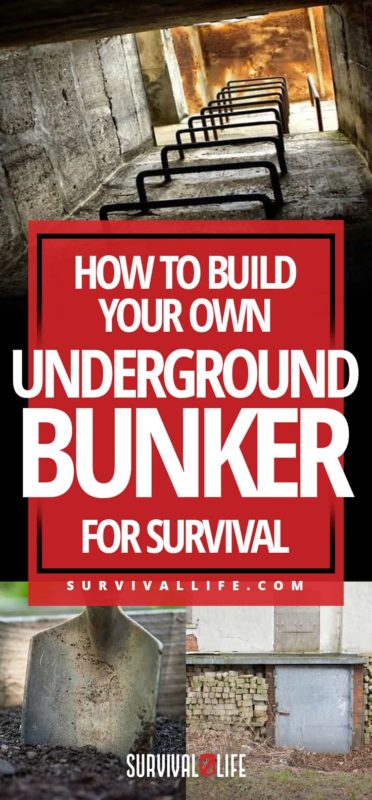
You love the idea of having an underground bunker, but you don’t love the price attached to having someone come to build one for you?
What should you do? This tutorial has all the information you need to be able to construct your own bunker for times of emergency.
6. 20 Feet Under Bunker
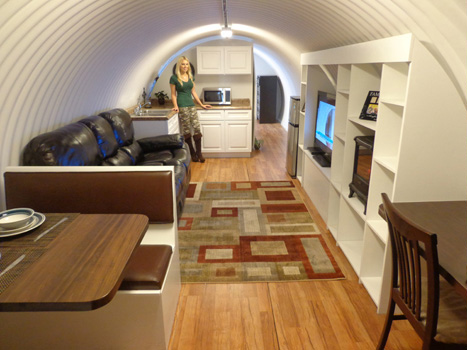
If you have a larger budget to work with to create a bunker, you’ll love this family’s idea. They thought of everything for their bunker buried 20 feet below the ground.
It runs off solar power and a generator. Plus, the inside is decorated with style. Who says you can’t be comfortable when dealing with an emergency?
7. DIY Earthbag Dome
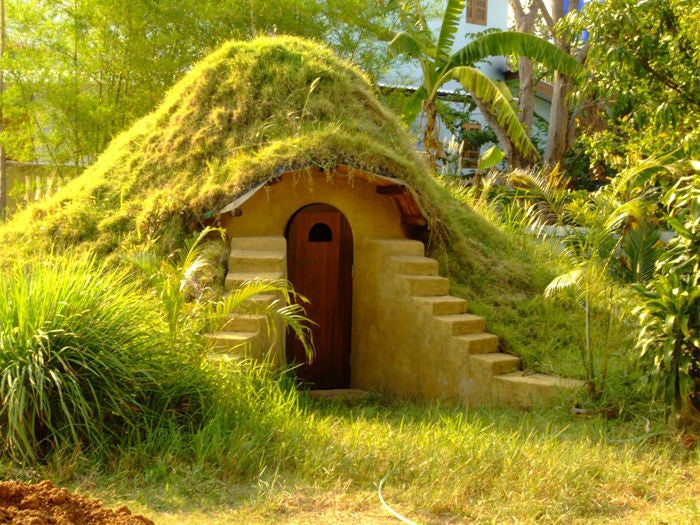
There are many ways you can construct an earthbag dome as it is affordable, but also a magnificent way to avoid being bombed.
You build the home into the hill, and it protects while making you hard to see. It was a common strategy used during the Civil War.
8. The Earthbag Homes

If you need a durable home in times of storms or conflict, consider going with an earthbag structure. They’re durable and inexpensive to build, but they expand beyond the dome mentioned above.
This site gives you ideas on how you can build an earthbag shelter for approximately $250 to help get yourself and your loved ones prepared for catastrophe.
9. Underground Bug Out Shelter
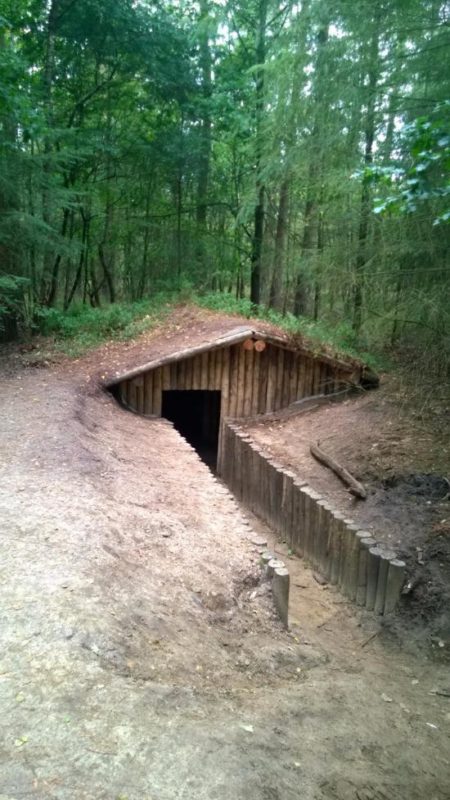
This idea is one you can visit if you’d like to get a closer look before forming your own version of a bug out shelter.
It’s an older idea, but they constructed a wood-framed home in the ground. You can barely see it from overhead because of how the wood blends into the forest.
10. The Garage Storm Shelter
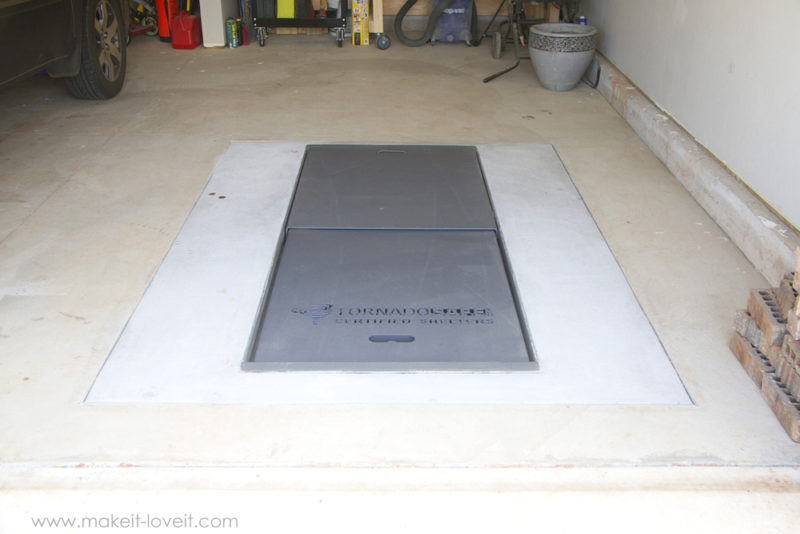
If you live in a tornado-prone area, you’ll love this post. This woman and her family had to relocate to Oklahoma for her husband’s job.
She was aware of the high-risk of tornadoes in this area, and they had a storm shelter installed in their garage. You’re walked through the process, how the storm shelter works, and things you may need to store inside of the shelter in case of an emergency.
11. The Safe Shed
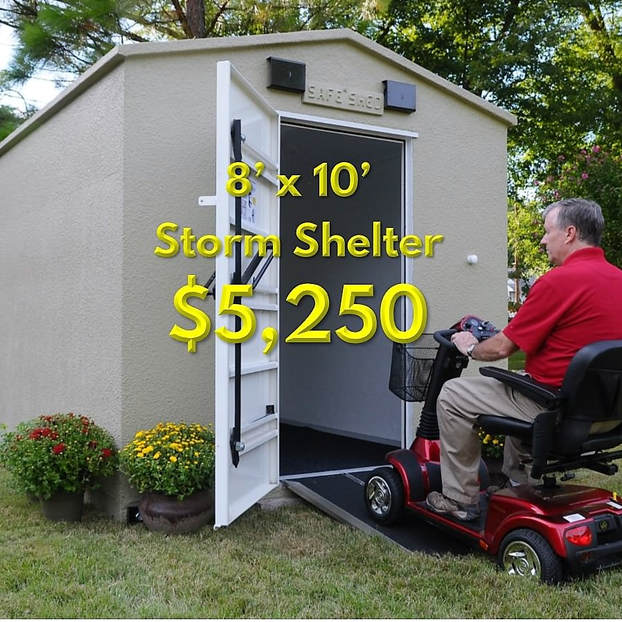
Would you like to buy a storm shelter which can be delivered, set-up, and be easily accessible if you need it?
This shed provides exactly that. It’s set-up in your yard but is durable and meant to withstand a variety of elements which could cause you harm.
12. The Safe Room
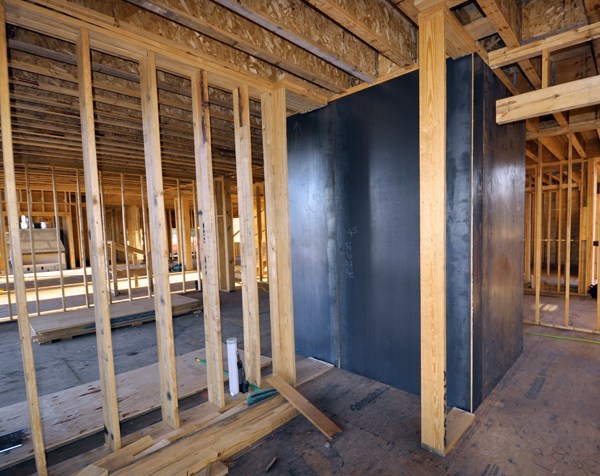
I was looking at house plans the other day because a girl can dream, right? It caught my attention some showed ‘safe rooms’ built inside the house.
It wasn’t a familiar term to me, but through research, I learned they’re becoming common. You install a room in your home meant to keep you safe during a storm or a catastrophe of any kind. It’s a neat idea and one which should give you peace of mind.
13. $3,000 or Less Storm Shelter
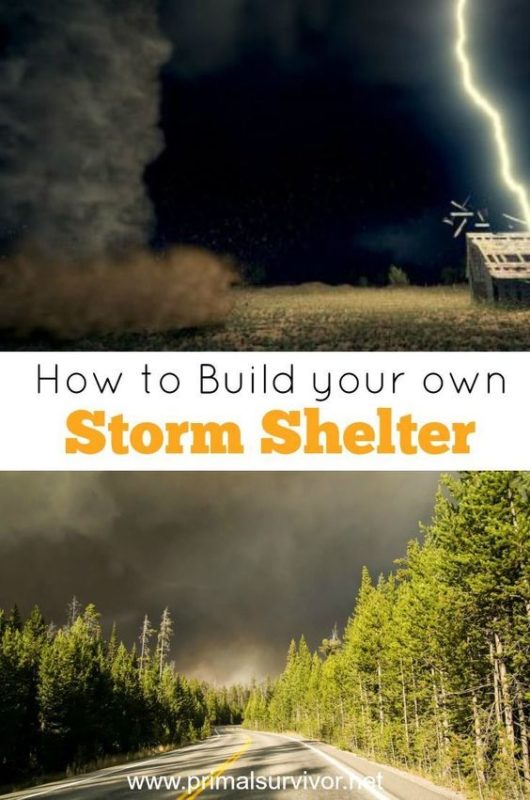
Do you need a brief overview of your options before deciding which shelter you should invest in? This article is informational and could be helpful to you as you navigate creating a safe space for you and your loved ones.
They walk you through the expense of underground storm shelters but also introduce you to above-ground shelters. Depending upon your location and specific needs, you should have a good idea as to which shelter would work best for you after reading this information.
It’s our hope this information will give you an idea of what you may need to be prepared and feel secure when facing whatever you’re afraid may come at some point in your life.
These storm shelter ideas should give you options on what would work for your specific situation, and they should also inspire you to construct what you deem necessary for you and yours.
Take the time to do your research, consider all options, but don’t delay in doing what it takes to remain safe in all situations.

